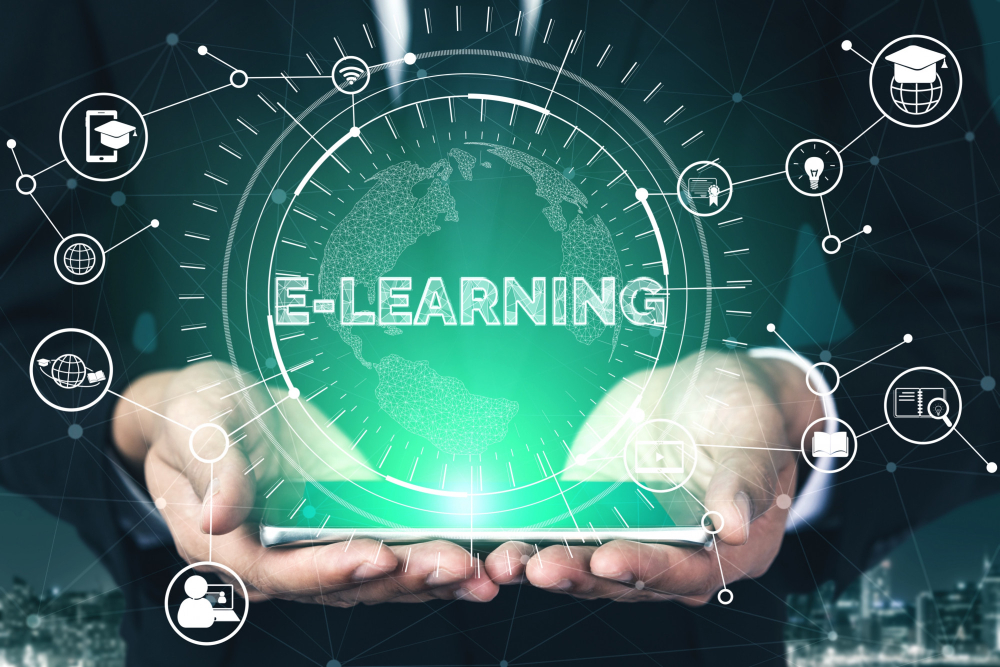Personalized eLearning is transforming education in the digital age. By catering to individual learning styles and needs, it empowers learners, enhances engagement, and improves outcomes. As educational institutions and organizations strive to stay competitive, personalized learning solutions become increasingly essential. Here are five strategies that can revolutionize digital education and position learners for success.
The first strategy involves customizing content development. In a world where every learner is unique, one-size-fits-all approaches no longer cut it. Creating bespoke educational materials tailored to specific learning styles and objectives makes the learning journey more relevant and impactful. By employing adaptive learning technologies, educators can deliver content that adjusts based on a learner’s progress and preferences, ensuring maximum relevance and engagement while fostering a deeper understanding of the subject matter.
Simulation-based learning is another innovative strategy for personalizing eLearning. This method uses virtual environments to replicate real-world scenarios, allowing learners to practice skills in a risk-free setting. For instance, medical students can perform virtual surgeries before entering an operating room, while customer service trainees can engage in role-playing exercises to enhance communication skills. Simulation not only bridges the gap between theory and practice but also aids in developing critical thinking and problem-solving skills, essential for modern professionals.
Embracing AI-driven personalization can significantly boost the learning experience. Artificial intelligence continually analyzes user data to create tailored learning pathways. By understanding a learner’s pace, strengths, and weaknesses, AI can recommend customized resources and strategies, promoting more effective and efficient learning. This capability not only helps students achieve their educational goals quicker but also provides instructors with invaluable insights into the learning process, enabling them to offer targeted support where needed.
Gamified microlearning is gaining traction as a powerful tool for engaging today’s learners. By integrating game-like elements and short, interactive modules, this approach adds excitement and motivation to the eLearning experience. Learners can earn points, badges, or level up as they progress through their courses, making the process more enjoyable and rewarding. The brevity and focus of microlearning modules are particularly appealing to digital natives accustomed to quick, digestible content, ensuring information retention and sustained interest.
Finally, social learning elements can enhance personalized eLearning by promoting interaction and collaboration among students. Incorporating discussion forums, group projects, and social media platforms into eLearning environments fosters a sense of community and peer support. Engaging with others in a learning context encourages diverse perspectives and deeper insights, helping learners refine their understanding and communication skills. This collaborative approach aligns with modern workforce dynamics, where teamwork and networking are crucial for success.
Incorporating these personalized eLearning strategies paves the way for a more dynamic and efficient educational landscape. By focusing on customization, simulation, AI-driven insights, gamification, and social interaction, educators can create memorable, impactful learning experiences in the digital age. Embracing these innovative approaches not only helps prepare learners for future challenges but also positions organizations as leaders in education and training, ensuring long-term success in an ever-evolving world.
